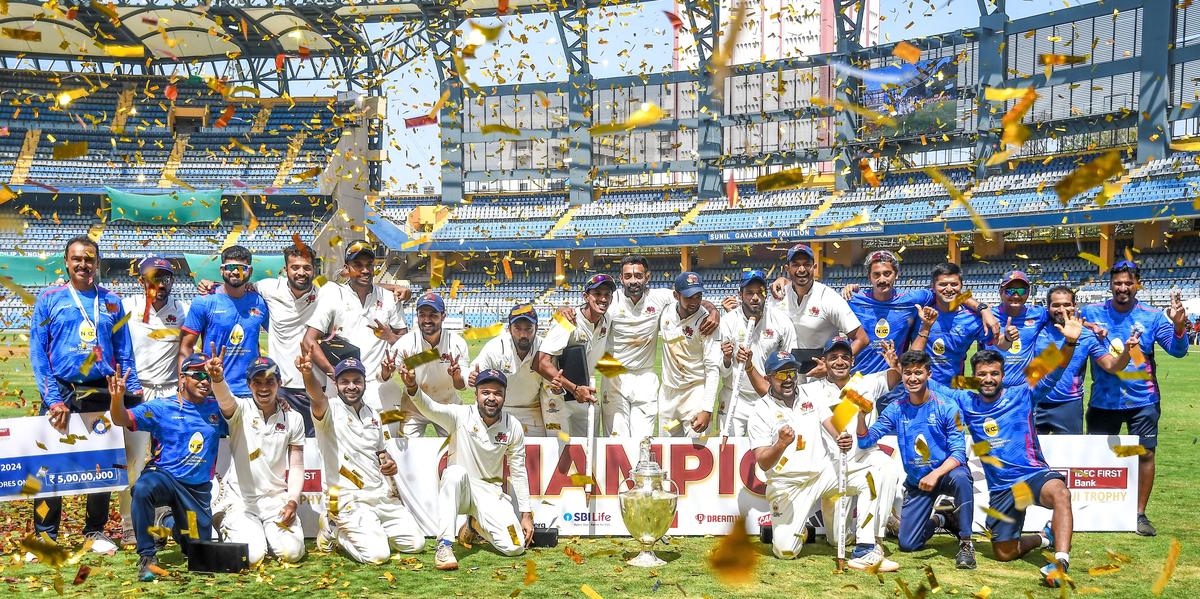
Lucknow: As the Ranji Trophy pauses midway, one question echoes across dressing rooms and cricketing circles alike: Will Uttar Pradesh make it to the knockout stage this time? This is not merely a query for statisticians or analysts—it is a concern that weighs heavily on players who pour their sweat into every session, and on fans who dream of seeing their state rise in Indian cricket. Yet, for those entrusted with running cricket in Uttar Pradesh, the urgency appears strangely absent.
Let us begin with the hard truth. After five matches, Uttar Pradesh stand fourth with 16 points, trailing Vidarbha (25), Andhra Pradesh (22), and Jharkhand (18). In a format where every point matters, this gap is not just numerical—it reflects missed opportunities, weak decision-making, and a worrying lack of consistency. The tournament now goes into a break, but when it resumes on January 22, 2026, Uttar Pradesh will walk into two defining battles: first against Jharkhand, and then against Vidarbha, the strongest team in the group.
There is only one way ahead: Uttar Pradesh must win both matches outright. Anything less, and the dream of entering the knockouts will fade just as it has in previous years. Meanwhile, Andhra Pradesh—sitting comfortably at second place—will face Vidarbha before ending their league stage against bottom-ranked Nagaland. Even if Andhra falter against Vidarbha, their final match is almost guaranteed to fetch them full points, likely with bonuses. In such a scenario, upranking them becomes even tougher.

But these calculations, sobering as they are, only scrape the surface. The deeper malaise lies elsewhere—in how cricket is run in the state. Time and again, we have seen that while players and fans yearn for Uttar Pradesh to succeed, the cricket administration is busy waiting for international fixtures, where photo-ops and hospitality take priority.
For Uttar Pradesh to become a consistent force, selection must reflect merit, not favouritism. No team can thrive if promising young players are overlooked in favour of recommendations, outside influence, or weaker players brought in for reasons that have nothing to do with cricketing capability. Selectors must have complete freedom to choose those who truly deserve to wear the state colours. Every time interference creeps in, the team’s foundation weakens—and the results show.

Perhaps the most painful part is this: countless talented youngsters, full of hope, watch from the sidelines as their chances slip away. Their unspoken disappointment—not to mention their unfulfilled potential—casts a long shadow over the team’s future.
As Uttar Pradesh approaches these crucial January fixtures, the players will undoubtedly fight with everything they have. But unless the system itself undergoes honest introspection, unless decisions begin to prioritise performance over politics, the state will continue to hover outside the circle of elite contenders.
The question, therefore, is not merely whether Uttar Pradesh will reach the knockouts this season.
The real question is: When will Uttar Pradesh cricket choose to rise?
The author is a Former Ranji Trophy & Central Zone Cricketer, a Ranji Coach, Selector & respected Match Referee





